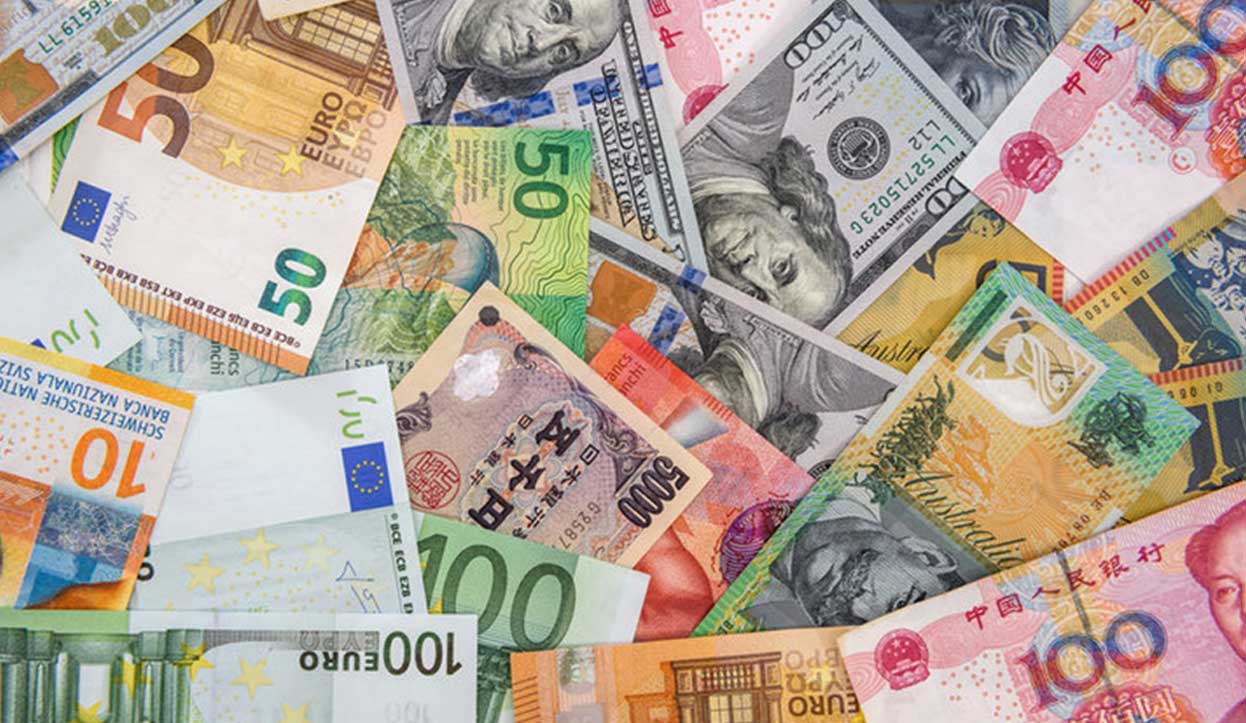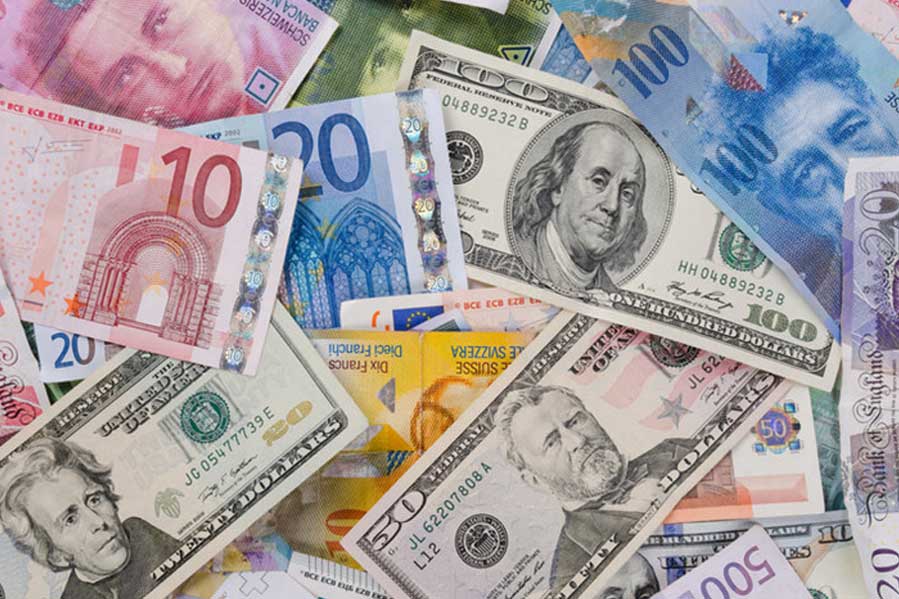Futures trading in micro foreign currencies is a dynamic and complex market that necessitates a
profound understanding of global economics, currency movements, and risk management
strategies. This guide explores the intricacies of trading micro foreign currency futures, including
contract sizes, traded currencies, market influences, arbitrage opportunities, and hedging
strategies.
Contract Sizes and Currencies Traded
Micro foreign currency futures are derivative contracts that allow traders to speculate on the future value of one currency against another. These contracts, standardized and traded on futures
exchanges like the Chicago Mercantile Exchange (CME), are smaller in size compared to regular currency futures. This reduced size makes them more accessible to retail traders and investors,
allowing for lower capital requirements and reduced risk.
Commonly Traded Micro Foreign Currencies
1. Euro (EUR/USD):
- The Euro is one of the world's major currencies, widely traded against the US Dollar. A micro Euro futures contract represents a smaller value compared to standard Euro futures contracts, making it suitable for retail traders.
- Example: A trader anticipating a strengthening Euro might purchase a micro Euro futures contract. If the Euro appreciates against the USD, the trader can profit from the upward movement.
2. Swiss Franc (CHF/USD):
Known for its stability, the Swiss Franc is often used as a safe-haven currency. Micro Swiss Franc futures provide exposure to the CHF/USD exchange rate.
- Example: During times of geopolitical uncertainty, a trader might buy micro CHF futures as a hedge against market volatility.
3. Japanese Yen (JPY/USD):
- The Japanese Yen is another major currency, with micro Yen futures allowing traders to take positions on the JPY/USD exchange rate.
- Example: Anticipating a weakening Yen due to a dovish Bank of Japan policy, a trader might sell micro Yen futures.
4. British Pound (GBP/USD):
- The British Pound, or Sterling, is traded against the US Dollar. Micro Pound futures enable traders to speculate on the GBP/USD pair in smaller contract sizes.
- Example: A trader expecting a strong UK economic report might buy micro GBP
futures.
Other currencies such as the Australian Dollar (AUD) and Canadian Dollar (CAD) also have micro futures contracts available, depending on the exchange.
Market Influences on Micro Currencies
The value of micro foreign currencies in futures markets is influenced by various factors, including interest rate changes, economic data releases, geopolitical events, and market
sentiment.
Interest Rates
Central bank policies, particularly changes in interest rates, significantly impact currency values.
- Example: An interest rate hike by the Federal Reserve (Fed) typically attracts foreign capital seeking higher yields, leading to a stronger USD. Traders might take long positions in USD micro futures in anticipation of this move.
- Conversely, an interest rate cut by the European Central Bank (ECB) could weaken the Euro against the USD. Traders might short EUR micro futures to profit from the expected decline.
Economic Data Releases
Key economic indicators such as GDP growth, employment figures, inflation rates, and trade balances influence market sentiment and currency movements.
Geopolitical Events
Political instability, trade tensions, and geopolitical conflicts can create uncertainty, leading to
volatility in currency prices.
Example: Increased tensions between major economies might lead to a flight to safety, strengthening the CHF. Traders could capitalize on this by taking long positions in micro Swiss Franc futures.
Market Sentiment
Investor sentiment and risk appetite also play a crucial role in currency markets. Positive sentiment may lead to currency appreciation, while negative sentiment can cause currency
depreciation.
- Example: A surge in global risk appetite might weaken safe-haven currencies like the JPY and CHF, presenting opportunities for traders to short micro Yen and Swiss Franc futures.
Arbitrage Opportunities in Currency Futures
Arbitrage involves simultaneously buying and selling assets in different markets to profit from price discrepancies. In currency futures trading, arbitrage opportunities can arise due to differences between futures contracts and the spot forex market.
- Example: If the EUR/USD spot exchange rate is 1.2000, but the EUR/USD futures contract for the same expiration date is priced at 1.1950, traders can exploit this discrepancy. They might buy euros in the spot market at 1.2000 and sell EUR futures contracts at 1.1950, locking in a risk-free profit of 50 pips per contract, assuming no
transaction costs or slippage.
Arbitrageurs play a crucial role in ensuring price efficiency and liquidity in futures markets by exploiting temporary mispricing.
Types of Arbitrage in Currency Futures
1. Price Discrepancies: Traders can profit from differences between spot forex and futures market prices until market equilibrium is restored.
2. Cross-Currency Arbitrage: This involves simultaneously buying and selling related currency pairs to take advantage of mispricings in the futures market.
Hedging Strategies in Currency Futures
Hedging is a risk management technique used to protect against adverse price movements. Currency futures offer an effective tool for managing currency risk in international trade or investment portfolios.
Transaction Exposure Hedging
Businesses engaged in international trade can hedge against potential losses due to currency fluctuations.
Example: A US-based exporter invoicing sales in euros can enter into a long position in EUR micro futures contracts. If the euro weakens, the futures position would gain value, offsetting the currency loss.
Portfolio Hedging
Investors with foreign investments can hedge their currency exposure using currency futures.
- Example: An investor with a portfolio of European stocks can hedge against a decline inthe euro by taking a short position in EUR micro futures.
Speculative Hedging
Traders can hedge speculative positions in the forex market using currency futures.
- Example: A trader holding a long position in the EUR/USD spot market can hedge against downside risk by taking a short position in micro Euro futures contracts.
E-Futures International: A Premier Platform for Micro Currency Futures Trading
E-Futures International, offered by E-Futures.com, stands out as an excellent platform for trading micro currency futures and other derivatives. It provides a range of advanced trading tools,
competitive commission rates, and robust risk management features.
Key Features
1. Advanced Trading Tools: Real-time charts, technical analysis indicators, market depth, and customizable order types empower traders to make informed decisions.
2. Low-Cost Access: Competitive commission rates and low margin requirements make it cost-effective for retail traders and smaller investors.
3. Risk Management Features: Stop-loss orders, trailing stops, and account protection mechanisms help traders manage risk effectively.
4. Global Market Access: The platform offers access to a wide range of global markets, enabling traders to diversify their strategies and capitalize on international opportunities.
5. Educational Resources: Webinars, market analysis tools, and other resources support traders in enhancing their knowledge and improving their skills.
Trading micro foreign currency futures requires a strategic approach, thorough market analysis, and robust risk management skills. Understanding contract sizes, the currencies traded, market influences, arbitrage opportunities, and hedging strategies allows traders to navigate the complexities of currency futures trading with confidence. Whether you’re a retail trader, institutional investor, or corporate entity, currency futures offer a versatile platform for participating in global currency markets while managing risk effectively.
Ready to start trading futures? Call US 1(800)454-9572 – Int’l (310)859-9572 email info@cannontrading.com and speak to one of our experienced, Series-3 licensed futures brokers and start your futures trading journey with E-Futures.com today.
Disclaimer – Trading Futures, Options on Futures, and retail off-exchange foreign currency transactions involves substantial risk of loss and is not suitable for all investors. Past performance is not indicative of future results. You should carefully consider whether trading is suitable for you in light of your circumstances, knowledge, and financial resources. You may lose all or more of your initial investment. Opinions, market data, and recommendations are subject to change at any time.
Important: Trading commodity futures and options involves a substantial risk of loss. The recommendations contained in this writing are of opinion only and do not guarantee any profits. This
writing is for educational purposes. Past performances are not necessarily indicative of future results.
**This article has been generated with the help of AI Technology. It has been modified from the original draft for accuracy and compliance.
***@cannontrading on all socials.






